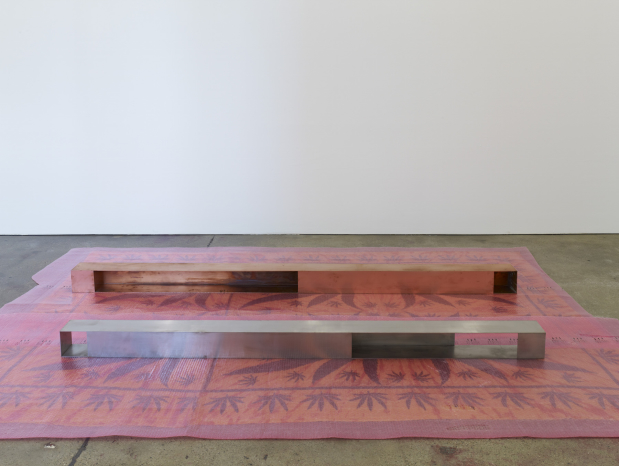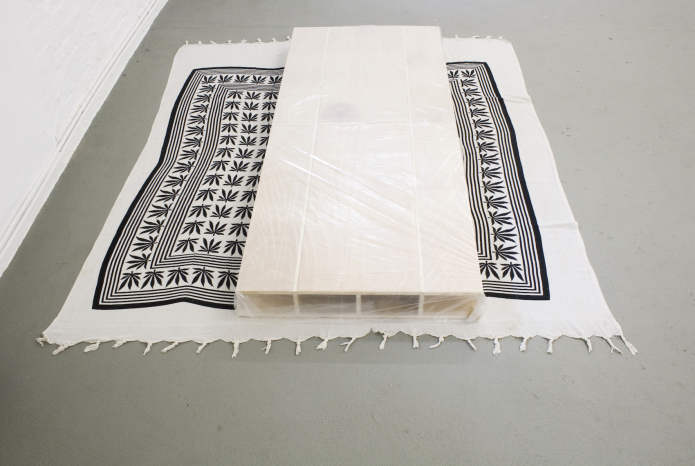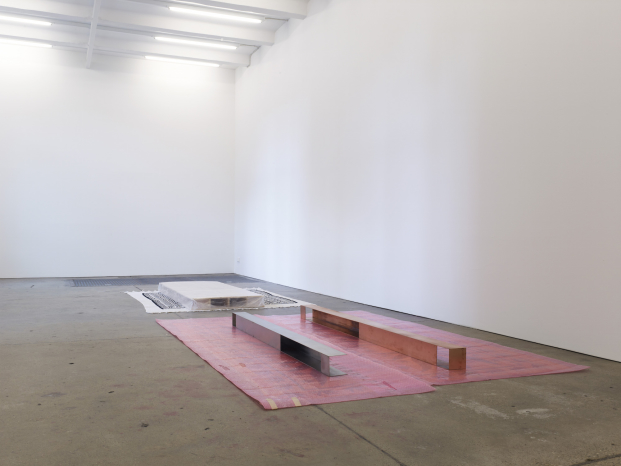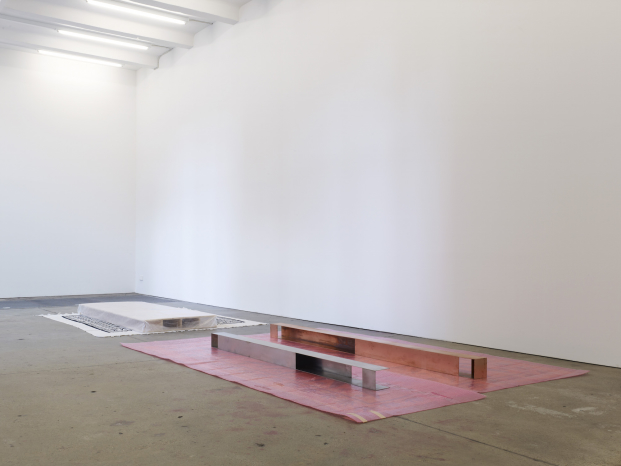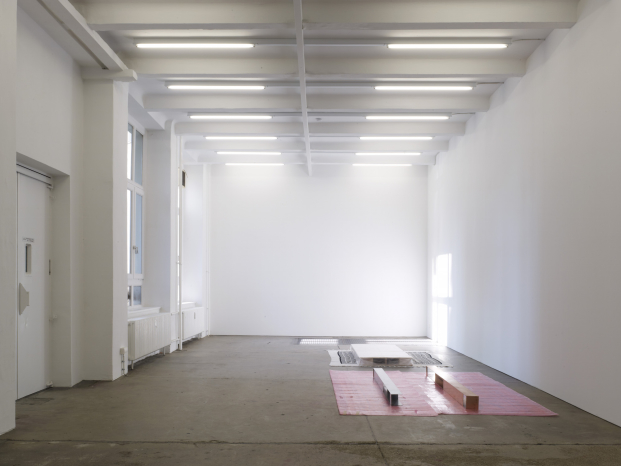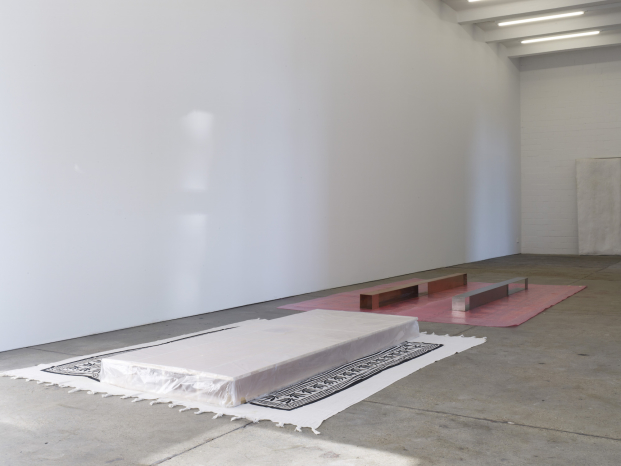A text (1) for Alto Sorto Sopra an exhibition at Supportico Lopez (2)
Two cost reductions were agreed to.
1. Reduce the weight of the steel roof beam by making it much deeper.
2. Get rid of the counterweight
Inside the Endless House I found a Handcraft fair. To stipulate that correlations can be based either on physical conditions, on environmental conditions or even on the essence of the actual element. From the Nucleus House (1931) to the Space House (1933) to the Endless House (1959), Kiesler’s arguments is consistent with the suppression of the boundaries that separate artistic genres from scientific information magic and mythology and the organization of systems of relations réciproques between men and his surroundings.
Alto. Sorto. Supra. High. Rise. Above. No walls, no foundations- Kiesler dixit- and please get rid of the counterweight. Everything is reflective Flavio, and don’t forget the stairs. Oh, those stairs…
Crafts, a circuitous passage were sequence of objects travel from antiquity to the modern age with no resistance. Three textiles bought in the stand of two hippie-lumpens in one Handcraft Fair up north. From Lumpenproletariat to Hippie-Lumpen: ‘swindlers, confidence tricksters, brothel-keepers, rag-and-bone merchants’. But also ‘the revolutionary archetype is found amongst educated unemployed youth, assorted marginals from all classes, brigands, robbers, the impoverished masses, and those on the margins of society who have escaped, been excluded from, or not yet subsumed in the discipline of emerging industrial work…in short, all those whom Marx sought to include in the category of the lumpenproletariat’. The identification (representation) of communities by the objects that represent (identify) them. Inside a Handcraft Fair I found the Endless House and so on (the ‘Endless House’ is called endless because all ends meet, and meet continuously).
The exhibition consists of Gris# 1 and Gris# 2 (2011), a poster designed by artist Thomas Locher (edition 250) were the title of the exhibition is superimposed to the original title of the exhibition and 22 Esquinas (2008), a series of drawings depicting a left bank dandy artist in search of his fiancé in a battered city with too many corners (that meet continuously).
Sigfrida Letal
Armando Andrade Tudela (3) (b.1975, Lima, Peru)
Studied at Pontifícia Universidad Católica, Lima, Perú, The Royal College of Art, London, and at the Jan Van Eyck Akademie, Maastricht. Currently lives and works in Berlin and St Etienne. Founder member of artist run space and art collective Espacio La Culpable, Lima, Perú.
His work has been exhibited in privat galleries and international cultural institutions such Carl Freedman, London; Kunsthalle Basel; Frankfurter Kunstverein; MACBA Barcelona; Annet Gelink, Amsterdam; Ikon gallery, Birmingham; Sprueth Magers, Berlin; DAAD, Berlin; Frac Bourgogne; Museo de Arte Moderno, Sao Paolo; Lyon Biennal; Shangai Biennal; Sao Paolo Biennal; Torino Triennale; Walker Art Center, Minneapolis; MMK, Frankfurt.
(1) This text quotes from Cecil Balmond, Informal, Karl Marx, The Eighteenth Brumaire of Louis Napoleon, Mikhail Bakunin Writings and Frederick Kiesler, Inside the Endless House.
(2) Opening 27th of April 19.00 . The show will be on until the 11th of June 2011.
Supportico Lopez is open from Tuesday to Saturday: 14.00 – 19.00 www.supporticolopez.com.
(3) In his practice, Armando Andrade Tudela has been developing the idea of units of information. Surfaces or modules of information that flow through different aspects of culture: history, architecture, vernacular paraphernalia, etc. Within this process, these surfaces become fields of contact or grounds in which several discourses are forced to migrate or move in acts of ever increasing replacements of displacements. In tracing such moves he pretends, first, to decentralize the conditions by which signs and symbols become fixed and static. And secondly, to reinforce the idea that through the reconfiguration or the interruption of values, meanings and processes, one can create imaginary solutions to comprehend our immediate landscape and historical background more clearly.
